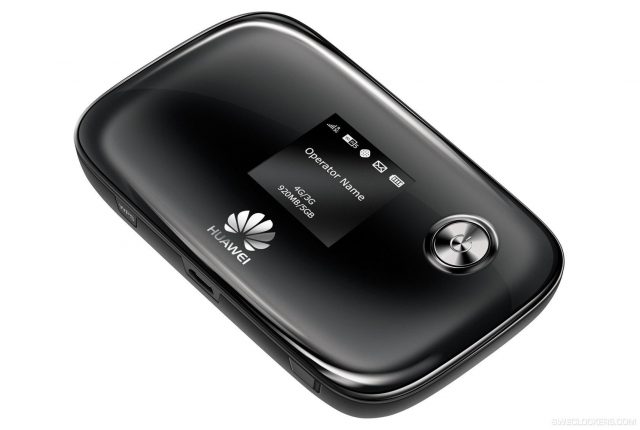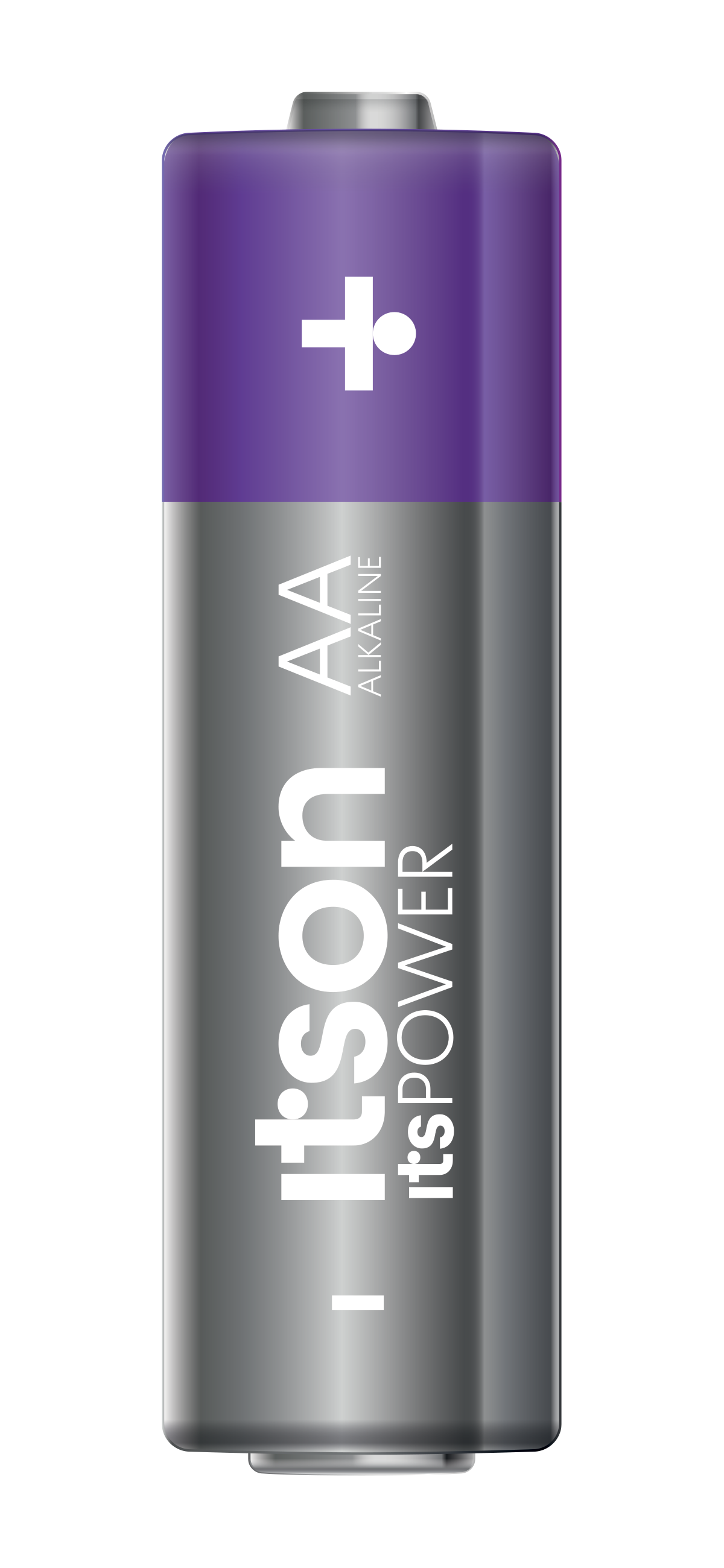Let’s face it, when you go on holiday or a business trip abroad, you know that keeping in regular touch with friends, family and colleagues will be a costly affair.
It still makes the news when someone gets a huge roaming bill when returning to the UK. Things are slowly improving as mobile operators will now charge a small premium to use existing data abroad, or in the case of Three, you will be able to use data abroad as if you were at home.
For those that don’t have this option but still want to make sure costs are contained there is Cellhire. Cellhire presently covers 31 countries, including the USA, Australia, China, and most major European destinations. SIM cards and mobile wireless router are only available by the month.
The company doesn’t hire by the week, but this does mean you have enough time to send the dongle back with the return envelope that comes with the box.
We were sent a 4G SIM card in a Huawei router. When travelling abroad, you simply connect your smartphone or laptop to the Wi-Fi network set up by the router and you are away. The router also comes with a USB cable for charging. Setting up and using this was as simple as connecting to a standard Wi-Fi router.
The router provides great connectivity in major urban areas but falls down a bit when you get into the country or are using it while travelling in a vehicle. This is not really Cellhire’s fault, but the problem with the operator used; in this case Vodafone.
The cost of hiring an 8GB SIM card for travelling in the UK costs £29.99 for 30 days. The cost of hiring the Wi-Fi router costs £10 extra. In Europe, this rises to £39.99 for 1GB SIM card (and another £10 for the dongle). Outside of Europe and the US, things can get considerably more expensive.
Overall, it may well be cheaper to pick up a mobile phone, such as the Motorola Moto G on a PAYG contract from Three if you are travelling in countries covered by its Feel at Home package. While the service works well enough, it is too expensive in many cases.


















